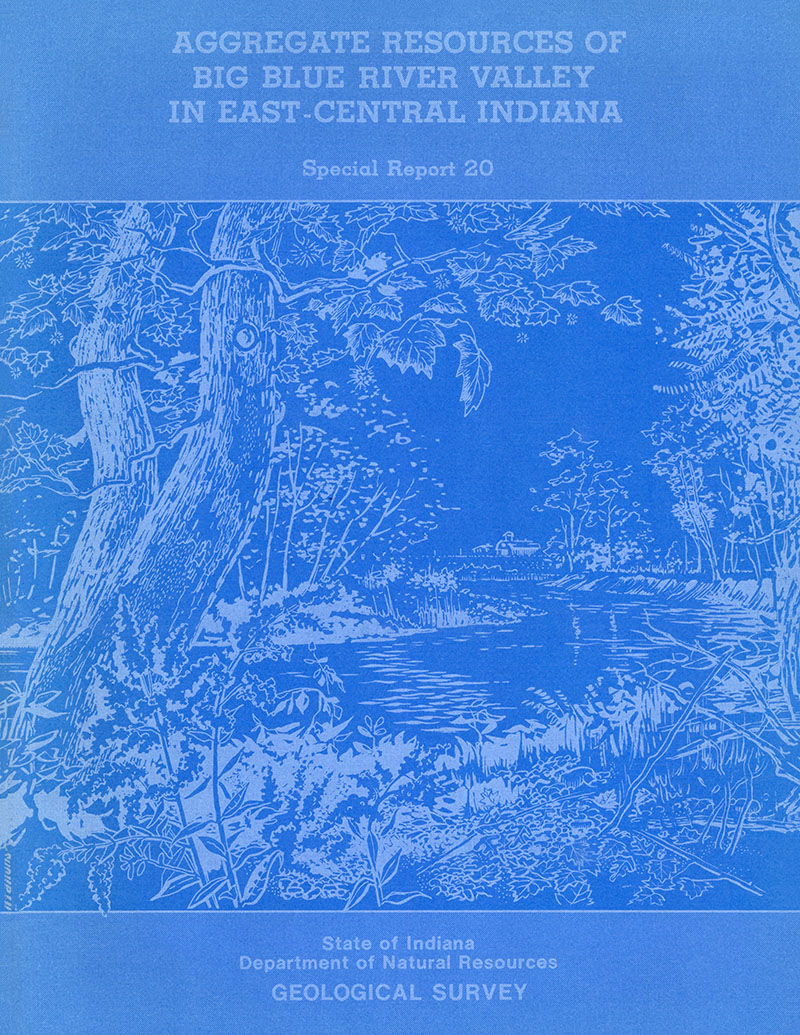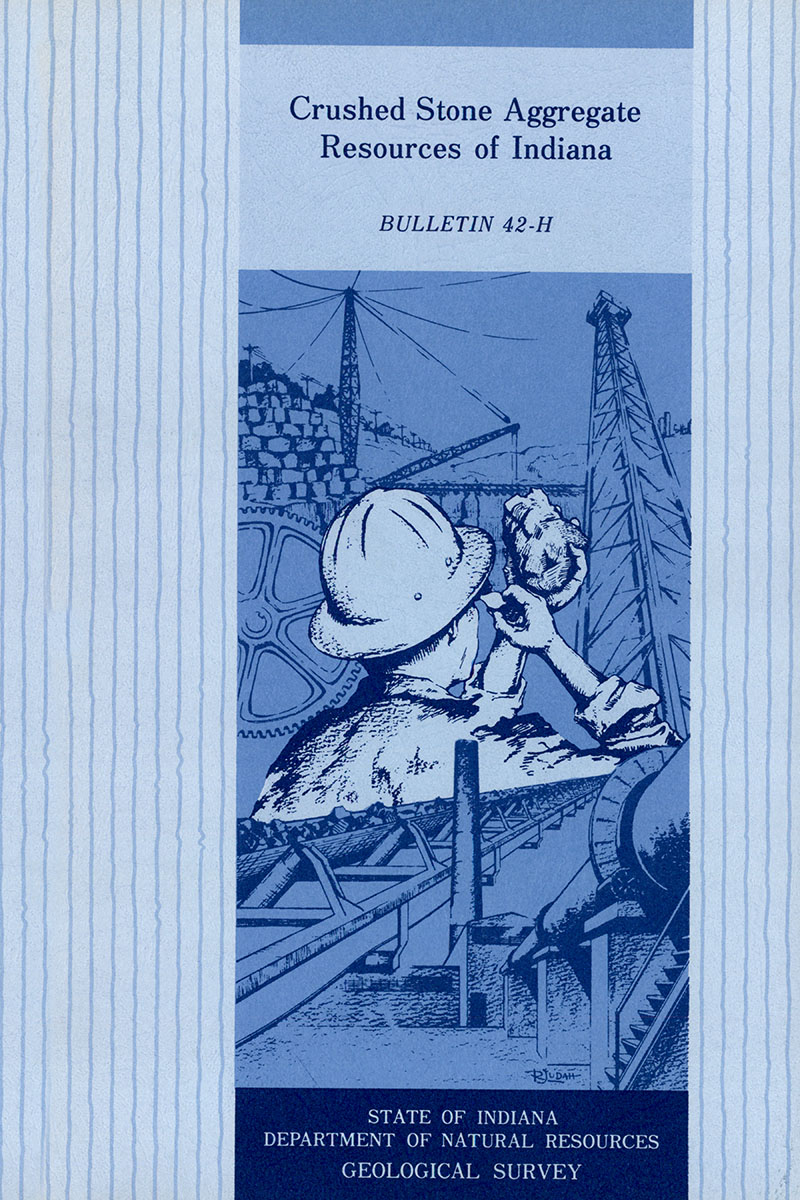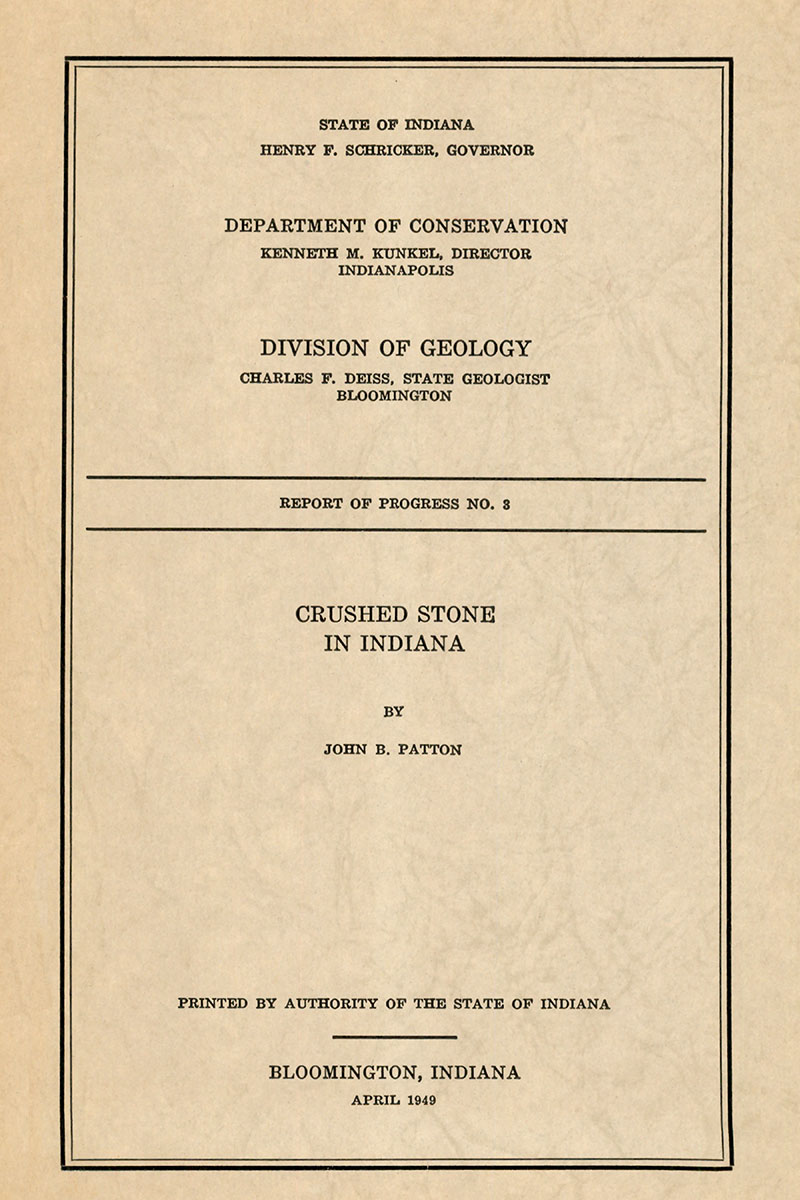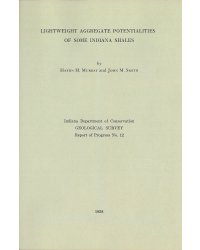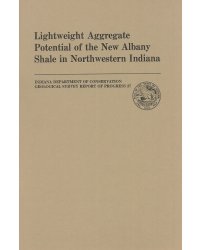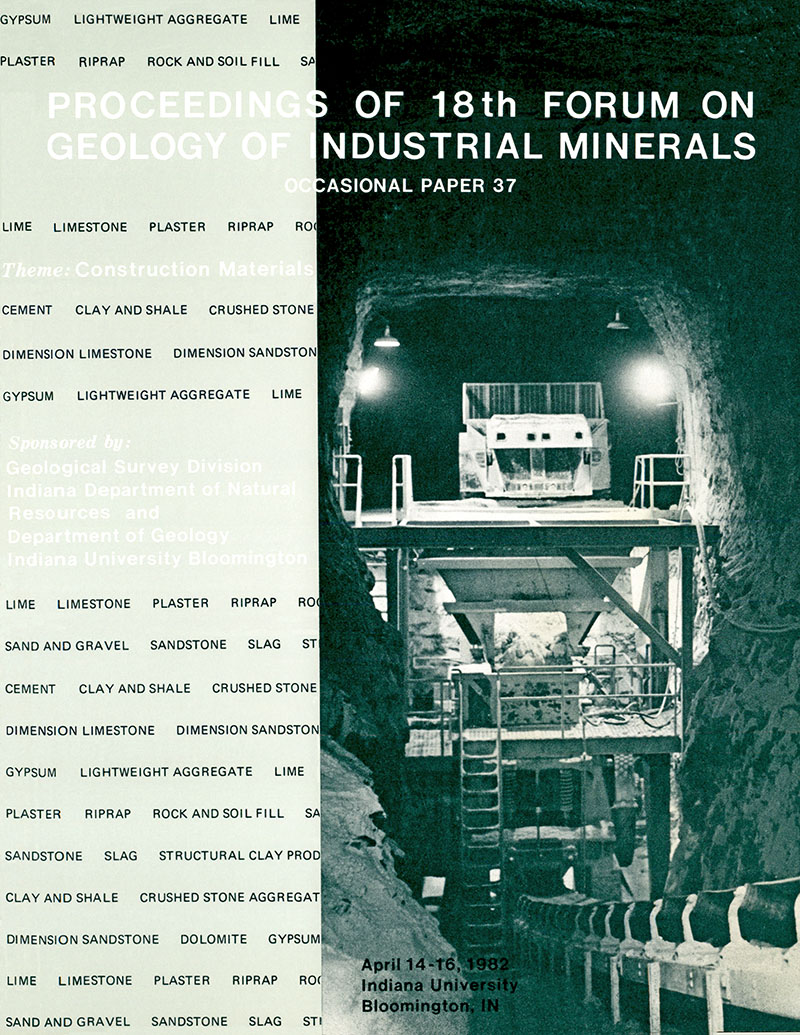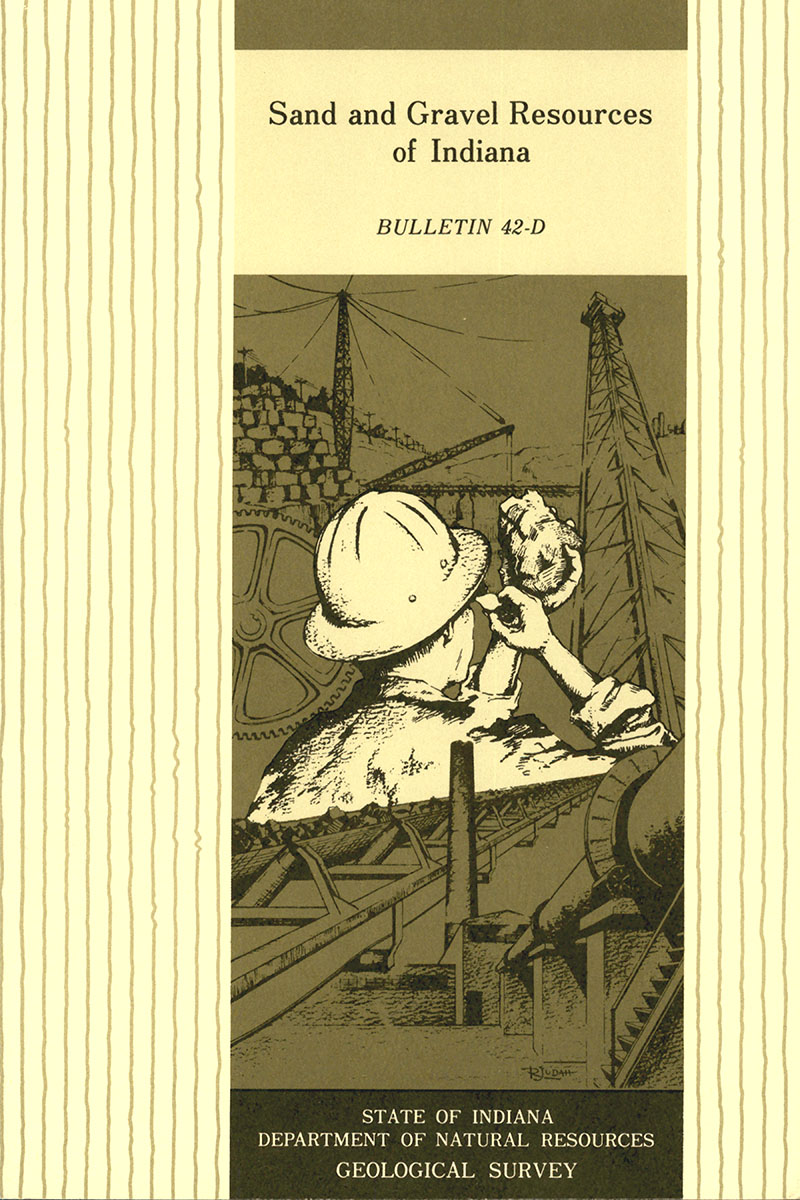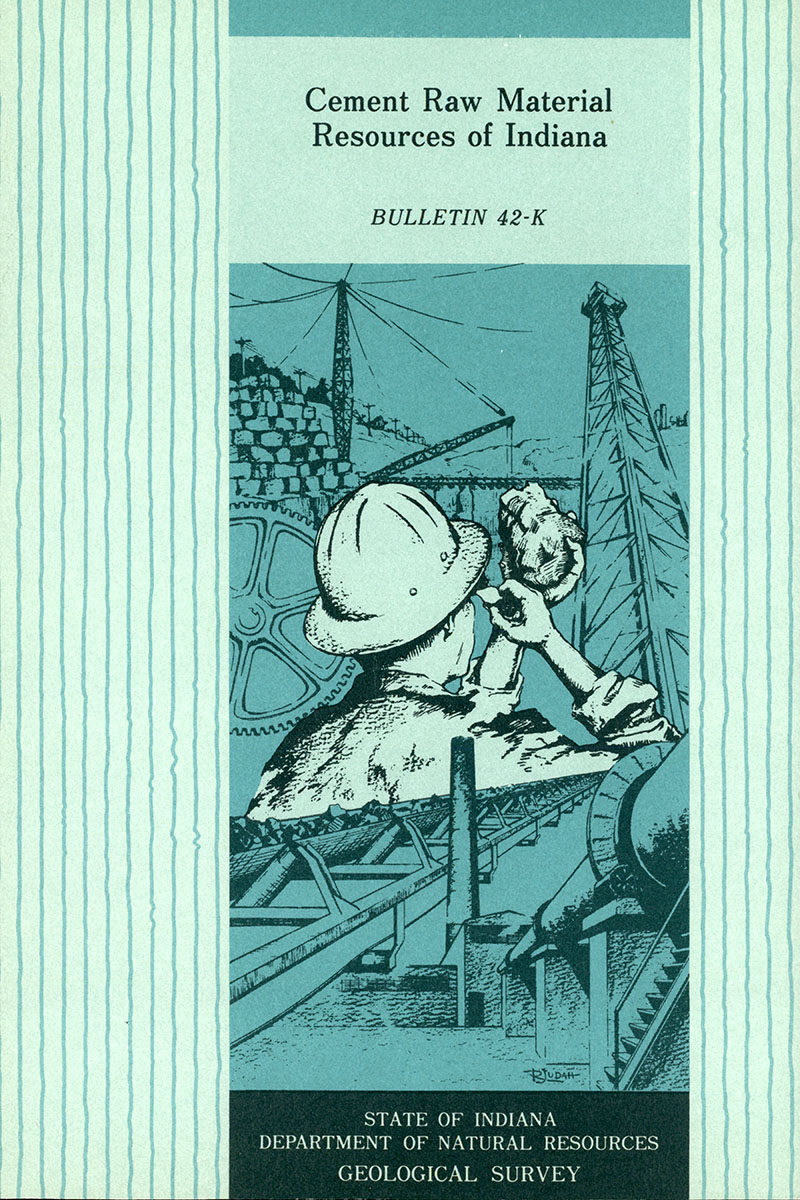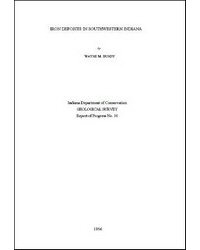Quarry and gravel-pit operators in search of new mining sites are faced with a dilemma. How may aggregate producers mine near a city, where most of the product is sold, and still cope with local taxes, environmental laws, and zoning regulations? There is great economic advantage, both to the producer and the consumer, in locating an aggregate plant near an urban center, because aggregate is a heavy, bulky product that is expensive to transport. Unfortunately, aggregate reserves are not always where they are needed. Producers are well aware that while commercial deposits of quarry rock and sand and gravel are common and widespread, they are by no means ubiquitous. Zoning boards have given this fact less than due consideration. Thus arises the dilemma. The most desirable sites, already limited by fixed geologic factors, are further restricted by regulation and competition with other land uses…
Ault, C. H., and Moore, M. C., 1980, Aggregate resources of the Big Blue River valley in east-central Indiana: Indiana Geological Survey Special Report 20, 40 p., 1 pl., 3 figs. doi: 10.5967/re7h-dk92
You may also like:
Keywords: aggregate, industrial minerals
Can't find what you're looking for? Feel free to contact us directly:
Indiana Geological and Water Survey
1001 E. 10th St.
Bloomington, IN 47405
812-855-7636 (phone)
812-855-2862 (fax)
IGWSinfo@indiana.edu
IGS Return Policy
- Original sales receipt required.
- Returns accepted within 30 days of purchase date.
- Refund will be issued by the same method of payment as purchased.
- Products must be returned in the same new condition as purchased.
- Refunds on custom orders and digital products are NOT allowed.
- Customers are responsible for paying shipping costs to return products.
Updated 8/19/2020



